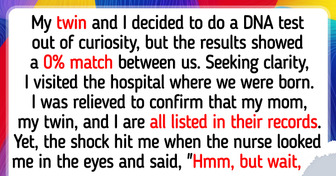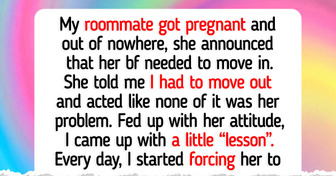12 People Who Uncovered a Dark Reality Many Years Later

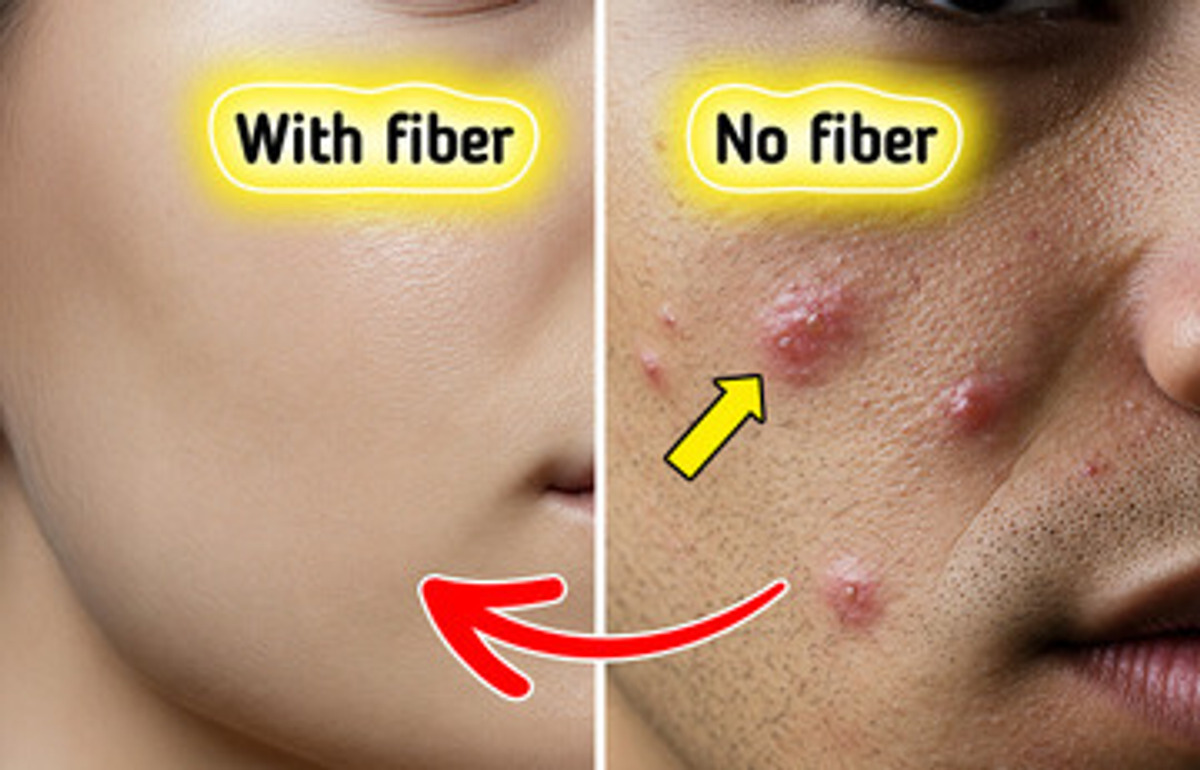
Feeling bloated, tired, or always hungry — even after eating? You might be missing one essential nutrient: fiber. From sluggish digestion to stubborn breakouts, fiber deficiency shows up in sneaky ways. Let’s uncover the signs your body might need more fiber — and how a few simple changes can make all the difference.
This content is for informational purposes only and does not constitute medical advice. Be sure to consult your healthcare provider before making any changes to your diet or lifestyle.
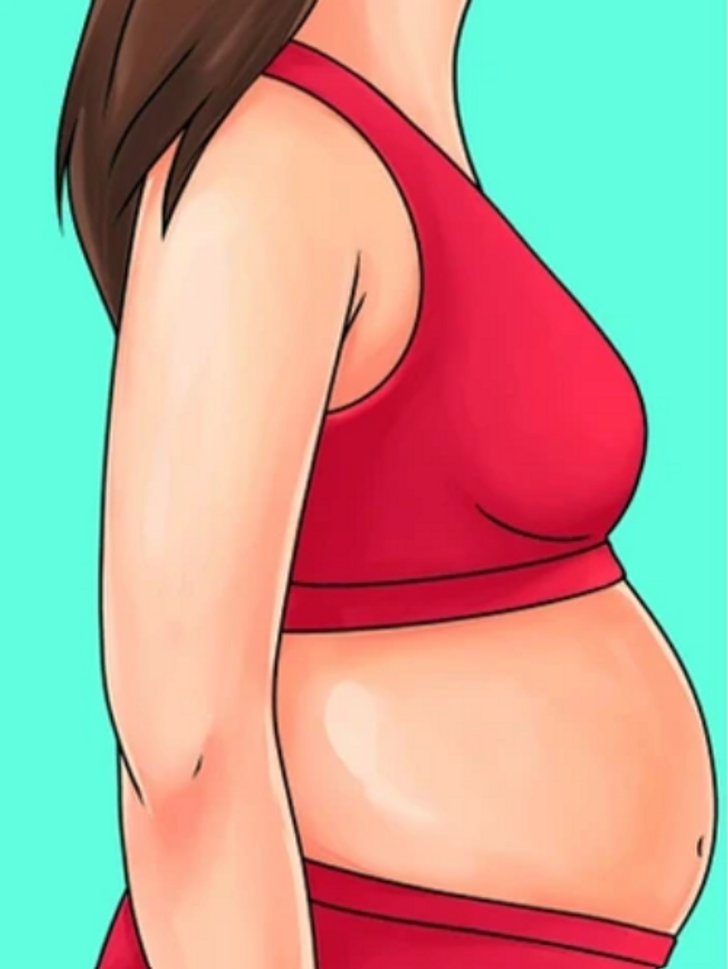
Your gut bacteria need fiber to function properly. Leaving it with no nutrients makes it harder to help your body digest food. When you only eat fatty and salty foods and avoid the good gut stuff, it’ll take longer for your body to break it down, leading to the feeling of bloating.
Other than fiber deficiency, bloating is also caused by eating too fast or swallowing too much air while consuming. Try to monitor your eating habits to see if the bloating will decrease or remain.
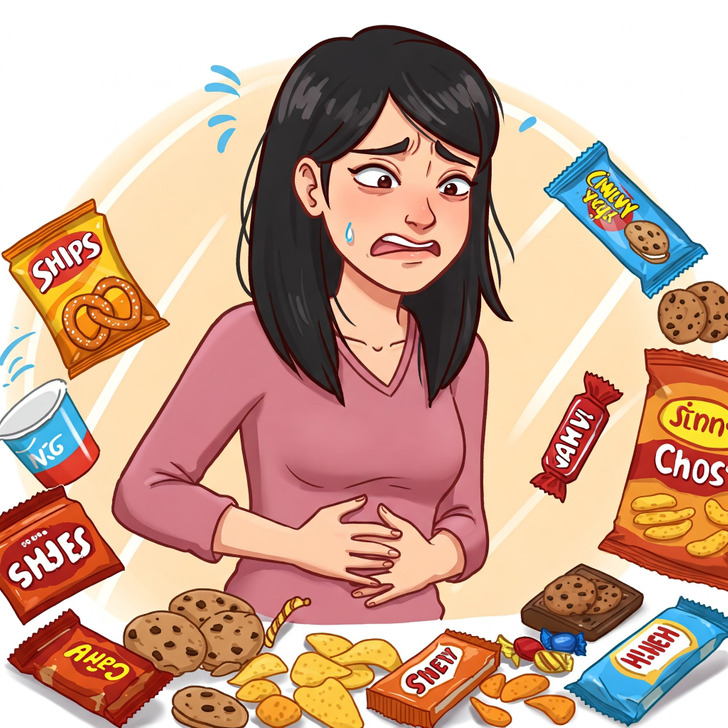
Can’t shake off that hunger even after a big meal? Chances are, it was a low fiber one. Foods rich in fiber take their time to digest since they have a longer digestive route to travel. Plus, they usually need more chewing time, which gives ample time for your digestive system to send your brain signals that you’re full.
Another point worth mentioning is that fiber grows when it absorbs water, filling more room up in your stomach, and once again, making you feel full.
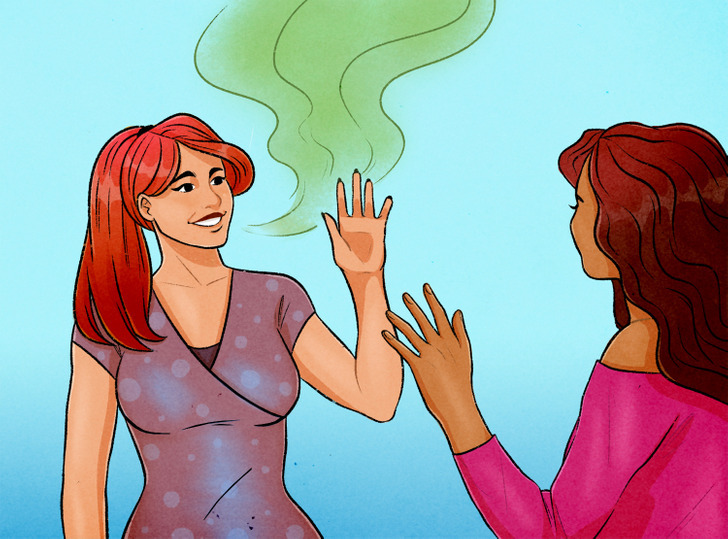
Low fiber means slow digestion, which leads to food fermenting for longer amounts and releasing strong odors from your mouth. However, you might also be experiencing other digestive issues, like acid reflux, which also causes bad breath from the strong smell coming from your stomach.
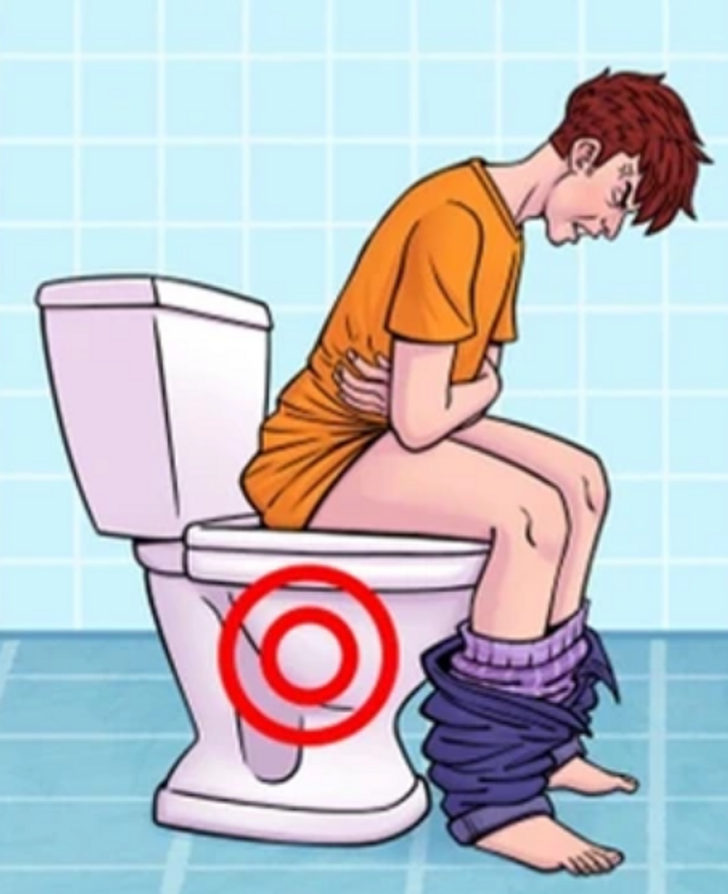
One of the biggest indicators of irregular digestive health is constipation. Since fiber absorbs water, it makes your stool less hard, allowing for an easier passing. That said, fiber won’t work its magic well if you’re not providing it enough hydration for it to absorb. So, you have to make sure to drink water while consuming your fiber rich meals.
While fiber can increase bowel movement frequency, it may not always improve other constipation symptoms like pain, bloating, or stool consistency. The effectiveness of fiber depends on the underlying cause, which could range from lifestyle habits and medications to medical conditions or unknown factors.
In some cases, people with constipation consume similar fiber levels as those without it—so adding more fiber isn’t always the solution and may even worsen symptoms.
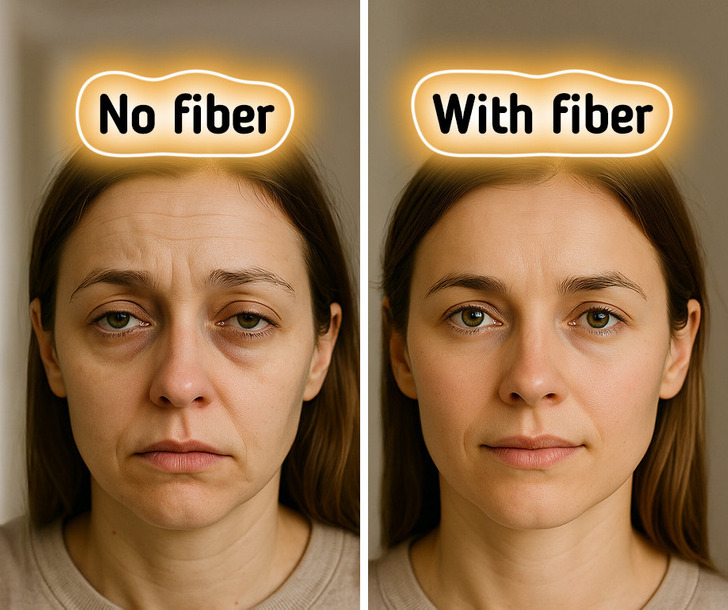
You might feel drained and constantly tired. This likely happens from blood sugar spikes when you eat low-fiber foods, such as complex carbs, processed meals, and baked goods.
Your blood sugar responds quickly to these foods, leading you to crash faster. Meanwhile, fiber is a slow poke when it comes to digestion. It takes time to help your body absorb glucose, leading to lesser spikes.
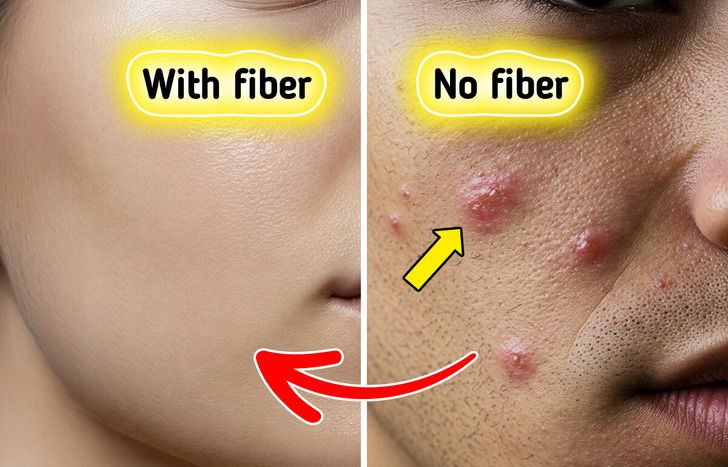
One major skincare secret often overlooked is that it comes from within, your gut, specifically. A healthy gut = clear skin. When you feed your gut bacteria, it flourishes and fights off inflammation and regulates your hormone levels for you, fixing a contributing cause to the acne you’re experiencing.

Low fiber is associated with low hydration. The nutrient plays a big role in retaining your body’s moisture. On top of that, if you’re experiencing eczema and other signs of inflamed skin, your diet may not have enough fiber.
However, inflamed skin conditions are not necessarily purely caused by low fiber. The nutrient simply helps in easing the symptoms.
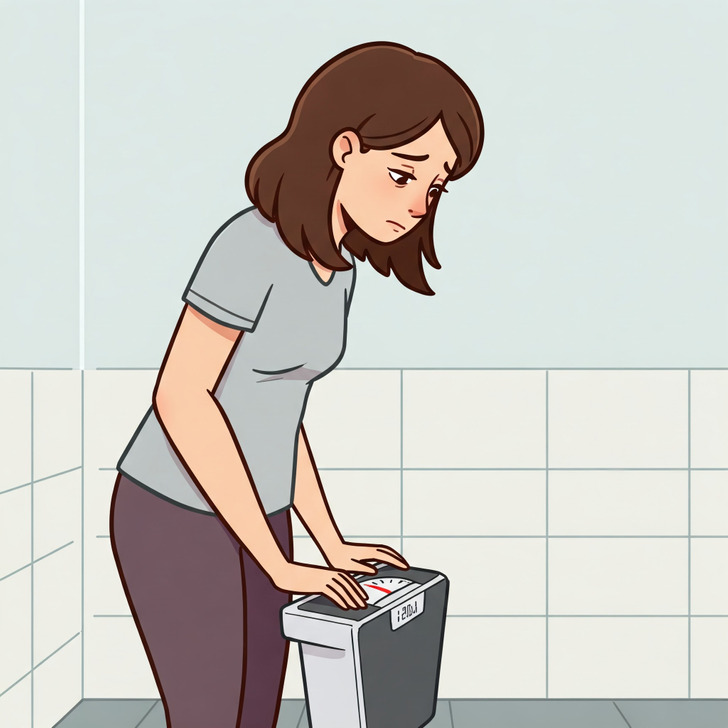
Since you’re more prone to getting hungry on a low fiber diet, you’ll naturally want to eat more, making weight loss more difficult. That’s not all. Eating more carbs, rather than fiber, can spike your blood sugar levels and encourage fat storage.
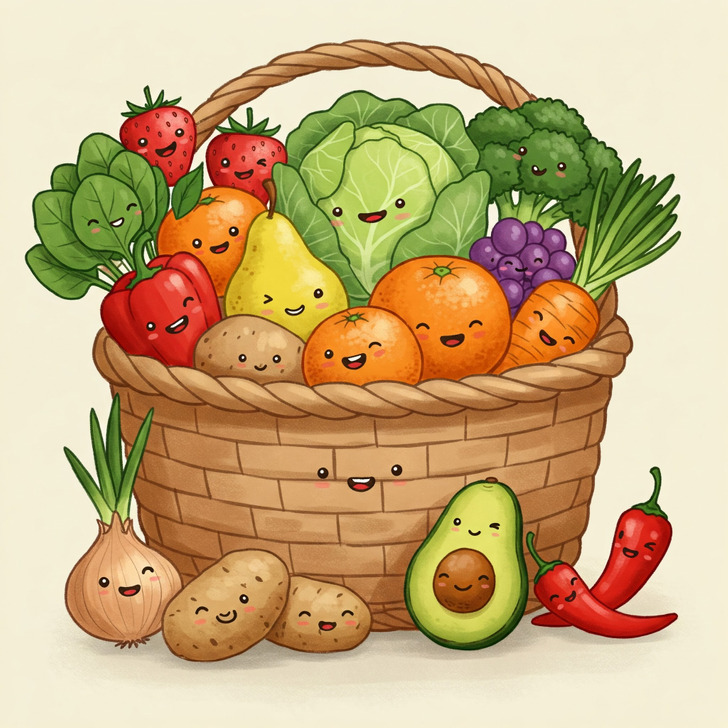
There’s only one way you can fix the deficiency—by eating more fiber! The recommended daily intake of fiber is 25g for women, 38g for men. You can find fiber in multiple food groups, including whole grains, fruits, vegetables, beans, and legumes. Here’s a more straightforward way you can incorporate fiber into your diet.
Your body talks. Bloating, fatigue, cravings, even skin issues can all point to a fiber gap. The good news? You don’t need a diet overhaul. You could consider incorporating more whole foods, grains, fruits, and veggies into your routine—small changes can sometimes make a difference.
Just keep in mind that not all types of fiber may be as gut-friendly for everyone. Missing other nutrients? Find out here.


